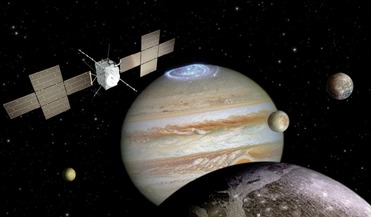 October 2017
Exploring Jupiter’s icy moons
October 2017
Exploring Jupiter’s icy moons
... post-doctoral positions, he was recruited as staff member to ESA in February 2003. He has worked on projects including Huygens, Chandrayaan-1, Venus Express, Mars Express, and ExoMars and since January 2015 as project scientist for JUICE.
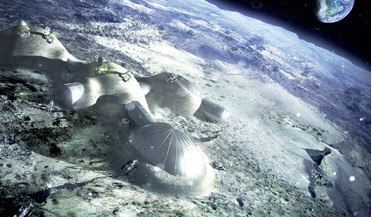 October 2018
Sustainable ways of living on the Moon and Mars
October 2018
Sustainable ways of living on the Moon and Mars
.... Extensive water ice is expected to be present in craters at the lunar poles. In March 2010, the lunar probe Chandrayaan-1 discovered at least 40 shadowed craters at the lunar north pole containing an estimated 600 million tonnes of water-ice...
 July 2019
Robotic astronomy on the Moon
July 2019
Robotic astronomy on the Moon
...’e-5. India may startle the space community with 2019 lunar landing firsts from ISRO South Pole Chandrayaan-2. The ESA Moon Village, International Space Exploration Coordinating Group and International Lunar Decade all have...
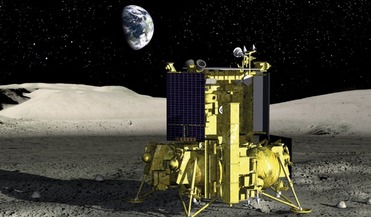 November 2019
PROSPECTing for lunar polar volatiles
November 2019
PROSPECTing for lunar polar volatiles
... percent (in weight) in the impact ejecta material. Infrared spectrometers on the Moon Mineralogy Mapper (M3) instrument aboard the Chandrayaan-1 mission have also provided evidence for ice at the surface of PSRs in both northern and southern polar...
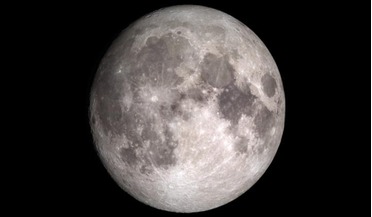 26 February 2018
More water on the Moon than previously thought
26 February 2018
More water on the Moon than previously thought
... it was hidden away in permanently shaded craters near the poles. However, data gathered from both India's Chandrayaan-1 spacecraft and NASA’s Lunar Reconnaissance Orbiter (LRO), detected signatures interpreted as water in sunlight reflected from the...
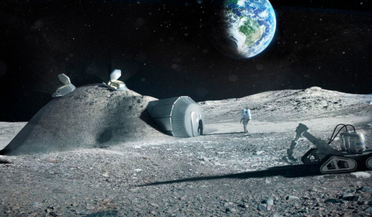 26 October 2020
Scientists detect molecular water and cold ‘water traps’ on the Moon
26 October 2020
Scientists detect molecular water and cold ‘water traps’ on the Moon
...used to make rocket fuel and it is too expensive to transport water from Earth. So, when both India's Chandrayaan-1 spacecraft and NASA’s Lunar Reconnaissance Orbiter (LRO), detected signatures interpreted as water in sunlight reflected from the ...